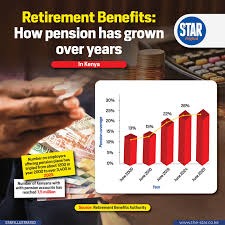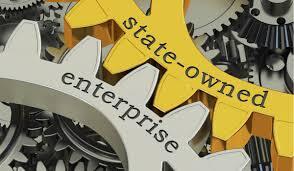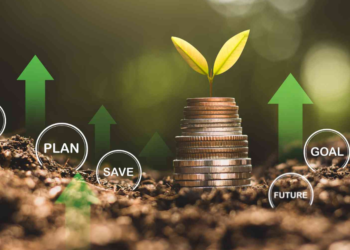In the pursuit of wealth, investors often gravitate toward assets with the highest potential returns. High-yield bonds, emerging market stocks, and speculative growth opportunities promise big rewards, and the allure of these investments is understandable. Who wouldn’t want to maximize their gains? Yet, the relentless chase for high yields often comes with hidden risks that can jeopardize long-term financial health.
The appeal of high-yield assets lies in their eye-catching returns, often significantly higher than those of safer investments like government bonds or blue-chip stocks. But what many fail to consider is that higher yields almost always come with greater volatility and increased risk of capital loss. For instance, high-yield bonds, also known as “junk bonds,” offer elevated interest rates because they are issued by companies with lower credit ratings. While the payouts may be enticing, the potential for default is far greater, particularly during economic downturns.
Emerging market stocks tell a similar story. These markets can deliver rapid growth but are often vulnerable to political instability, currency fluctuations, and uneven regulatory frameworks. Investing in these assets during favorable conditions can yield impressive short-term gains, but downturns in global markets or regional crises can swiftly erase those profits.
The psychological impact of losses is another hidden cost. Behavioral finance studies consistently show that investors feel the pain of losses more acutely than the joy of equivalent gains. When high-risk investments falter, the emotional toll can lead to poor decision-making, such as panic selling or abandoning a long-term plan altogether.
The solution lies in balance. A diversified portfolio that blends high-yield opportunities with more stable assets can offer a better risk-reward tradeoff. Adding lower-risk investments like Government bills, dividend-paying stocks, or index funds can smooth out volatility and provide consistent returns over time. Additionally, maintaining an appropriate risk tolerance based on personal goals and timelines is crucial to ensuring high-yield pursuits don’t derail broader financial objectives.
Chasing high yields may seem like a shortcut to financial success, but it’s a path fraught with danger. By prioritizing balance and taking a disciplined, diversified approach, investors can achieve sustainable growth without sacrificing peace of mind. In the long run, slow and steady often wins the race.


















